WHAT ARE PORTABLE AIR CLEANERS?
Portable air cleaning devices assist in reducing indoor air pollutants.
WHAT TYPES ARE AVAILABLE?
HEPA FILTERS are the most efficient mechanical filters for removing small particles which can be breathed deep into the lungs. The highest efficiency air cleaners, widely available today, remove 0.3 micron (1 micron = 1 millionth of a meter) sized particles at a minimum of 99.97% efficiency.
ELECTRONIC AIR CLEANERS (NEGATIVE IONIZERS), in their simplest form, include negative ion generators that charge airborne particles so they become attracted to and settle on room surfaces. Activity within a room, however, may stir up and release the settled particles back into the air. More effective units called electrostatic precipitators electrically charge airborne particles and then trap them on oppositely charged metal plates. These plates must be cleaned regularly for proper performance.
GAS PHASE FILTERS are often attached to air cleaning devices to filter specific gases, vapors and odors.
PERSONAL AIR PURIFIERS use corona discharge technology to purify air within your personal breathing space. They are worn around the neck and use a combination of technologies to eliminate bacteria, airborne dust, and contaminants. Most run on battery for up to 50 hours.
HOW DO I CHOOSE?
PORTABLE AIR CLEANER
Generally, portable units are used when air cleaning is desired in a room. You should match up the area of your room to the specified cleaning ability of the particular unit.
EFFICIENCY
The efficiency of an air cleaner is measured in terms of the particle size that the device can capture. In most cases, very small particles are the ones that penetrate deep into the lungs, causing health problems. Look for mechanical filters such as HEPA filters and electronic air cleaners that can effectively trap large and small particles.
CLEAN AIR DELIVERY RATE
The overall effectiveness of an air cleaning device depends on the efficiency of the unit and on the amount of air drawn through it. Although no industry-wide set of performance standards exists to help consumers compare units, the Association of Home Appliance Manufacturers (AHAM) has developed a standard for portable air cleaners called the Clean Air Delivery Rate (CADR). The CADR expresses the number of cubic feet of clean air a unit delivers each minute.
OZONE PRODUCTION
Some air cleaners (called ozone generators) use an electrical charge to generate ozone. Although ozone (also referred to as trivalent oxygen or saturated oxygen) is a necessary part of the upper atmosphere (10-30 miles above us), in the part of the atmosphere we breathe, ozone is a potent lung irritant. It can have damaging health effects, especially for persons with asthma and other lung diseases, children and the elderly. It is produced directly by ozone generators and indirectly by ion generators and some other electronic air cleaners. The FDA has set a limit of 0.05 parts per million of ozone in indoor air. Ask whether any electronic air cleaner you are considering buying has been tested for ozone production. The American Lung Association suggests that ozone generators not be used.
8 Air Purifier Buying Tips
There are a few items to consider before buying an air purifier:
1. Determine where the unit will be used.
There are room air purifiers, whole-house air purifiers that connect to your ventilation system, car air purifiers that plug into a cigarette lighter, and even personal air purifiers that are worn around the neck. Get a unit that serves your purpose.
Tip: It is usually more effective, and often cheaper, to get air purifiers for each room of a house where they are needed most rather than getting a whole-house air purifier.
2. Check for the AHAM certification seal.
AHAM stands for the Association of Home Appliance Manufacturers. AHAM is an unbiased, independently agency that tests and certifies air purifier performance. All reputable air purifier manufacturers display the AHAM seal.
3. Check the CADR rating.
CADR, which stands for Clean Air Delivery Rate, is the single most important piece of information you need to make a comparison of air purifier performance. CADR measures the amount of clean air that an air purifier delivers into a room. The higher the number, the faster the unit filters the air. Three CADR values are usually listed: one for dust, one for cigarette smoke and one for pollen. CADR takes into account factors such as filter efficiency, air-flow, and room size. Other metrics, such as filter efficiency, don’t matter nearly as much.
4. Get multi-technology unit.
For the best results, look for an air purifier that uses different technologies to help filtrate and purify the air. Some examples: a HEPA filter with an ionizer, or an ionizer with a germicidal UV lamp. All things being equal, the more technologies, the better the overall effectiveness of the air purifier in general to eliminate dust AND germs AND odors, etc.
5. Look for a “true” HEPA filter.
Some air purifiers claim to include a HEPA (High Efficiency Particulate Air) filter, but are not the real thing. Look for a “true” HEPA filter that will trap 99.97% of particles down to 0.3 microns in size.
6. Get a unit with a pre-filter.
For air purifiers that use a HEPA filter, a pre-filter can help trap larger particles, thus not clogging up the pores of the HEPA filter (or the activated carbon filter) for the smaller-sized particles and pollutants. This is a must.
7. Carbon is better than Zeolite.
To reduce odors and gases, some air purifiers include an activated carbon or carbon-zeolite filter. Zeolite is cheaper but is not nearly as effective as a true carbon filter.
8. Consider fan noise.
Many air purifiers contain fans to help draw air in and push filtered air out. The larger the fan, the more air that can be filtered faster. It’s important to test the unit in operation in the room it will be used in to see what is an acceptable level of noise.
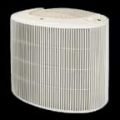
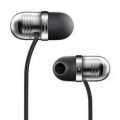
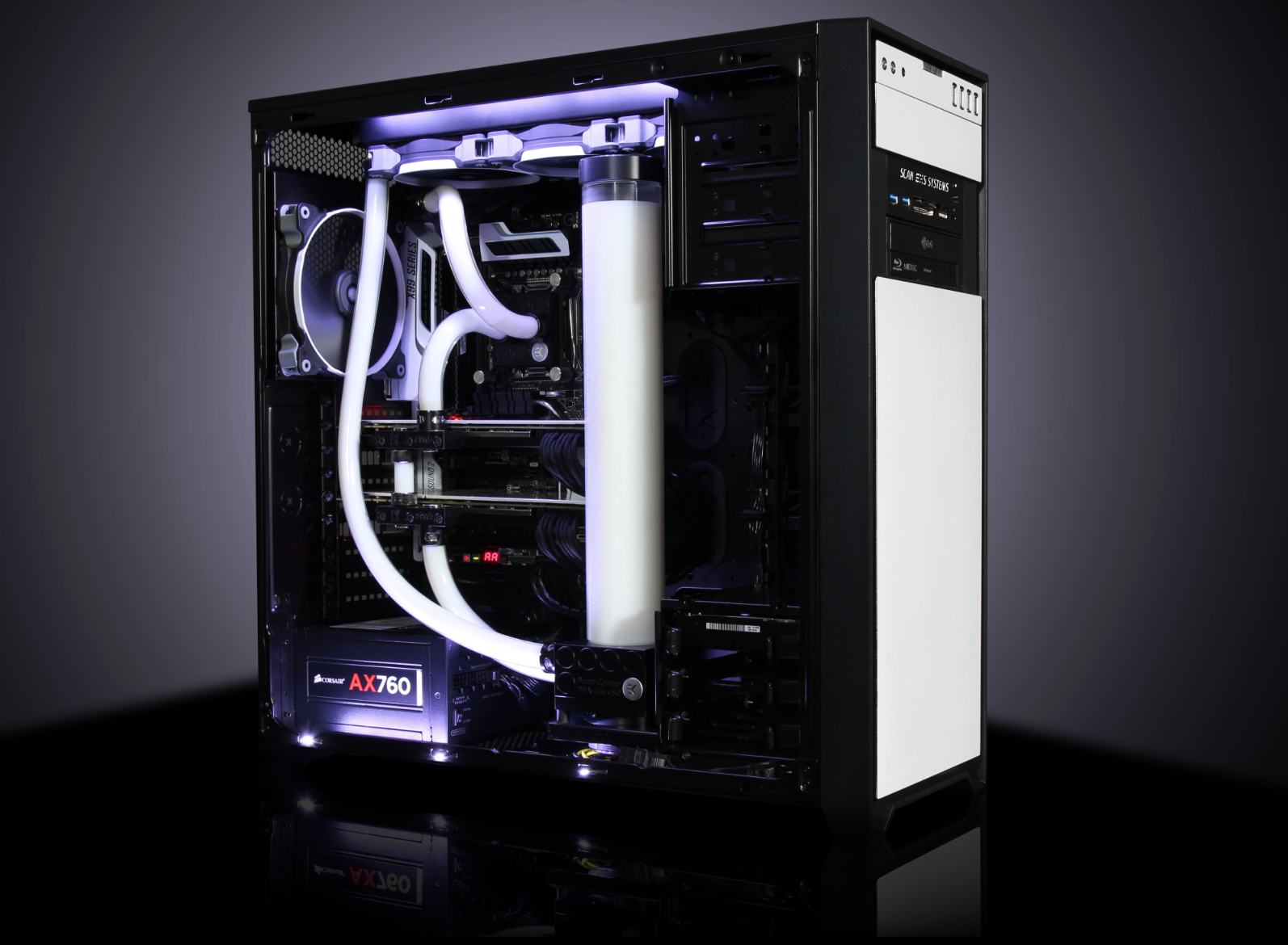
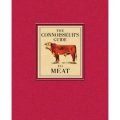
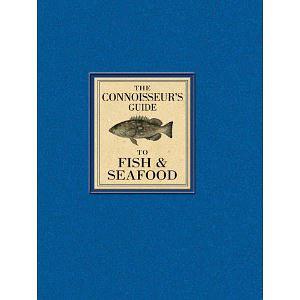
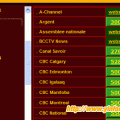
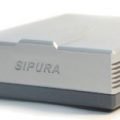
This air purifier devices buyer guide looks remarkable. It goods to check some reliable guide before buying the device. Thanks for sharing this tips. Portable air cleaner is also great.
This air purifier devices buyer guide looks remarkable. It goods to check some reliable guide before buying the device. Thanks for sharing this tips. Portable air cleaner is also great.
Yes. I think these three features work better than one or two.
I understand the reasoning behind incorporating multiple technologies into an air purifier, but I also wonder about companies that add extra features to their products simply to make them appear more advanced or to embrace the latest fad. For example, air purifiers that include both a HEPA and carbon filter, plus an ionizer – are they all necessary?
Hi Jolin,
If you can send me a purifier, I would like to do a review for you.
We are Chinese air purifier supplier, we also can supply anion generator and humidifier. if you are in the need of our kind of product,please feel free to contact us.
Kindest regards
jolin
We are the supplier of air purifier,humidifier,deodorizer,aroma.We R&D,assemble,
by ourselves.So you can get a factory price,with golden quality.Our market mainly are Japan,German.We hope to be your sincerely supplier.
Taiwan enterprise and our factory licated in China.